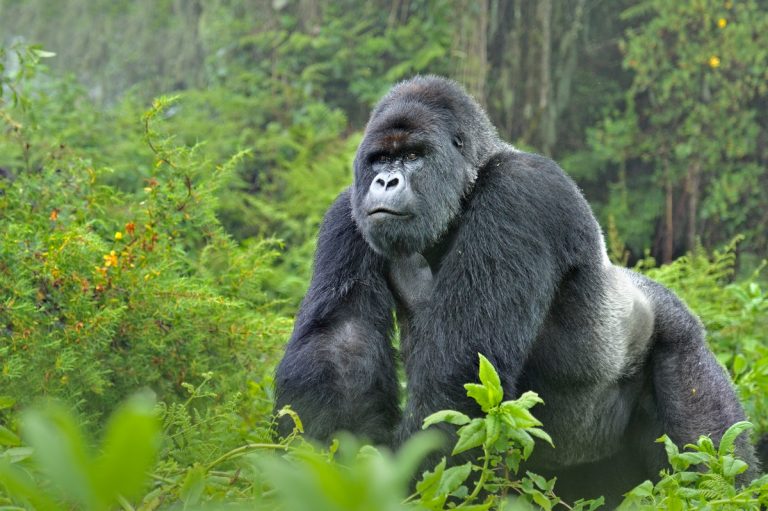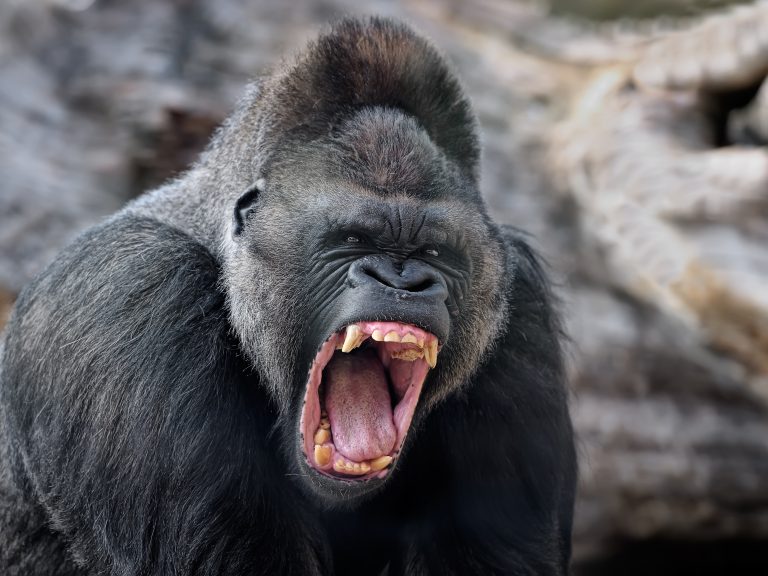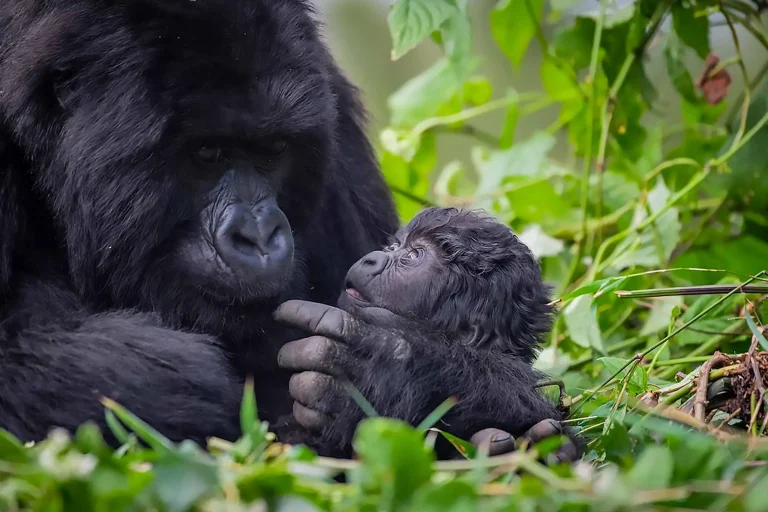ENJOY LIFE-CHANGING MOMENTS WITH UGANDA & RWANDA GORILLAS
UGANDA RWANDA GORILLA TREKKING SAFARIS
Discover the Heart of Africa Through Gorilla Trekking in the misty mountains and jungles of Uganda and Rwanda offering one of the most propound wildlife experiences on Earth—gorilla trekking.
Here, within Bwindi Impenetrable Forest and the volcanic slopes of Volcanoes National Park, just a few people each day are granted the rare privilege of coming face to face with the world’s last remaining mountain gorillas.
This isn’t just a safari. It’s a soul-stirring journey that takes you through dense jungle, over muddy trails and into the realm of a creature that shares 98% of our DNA. Watching a silverback lounge in the sunlight, or a baby gorilla somersault through the trees, is more than a photo opportunity, it’s a deeply moving encounter with one of our closest wild relatives.
Whether you seek the remote, primal beauty of Uganda or the refined, accessible charm of Rwanda, gorilla trekking will leave you breathless—in awe, in wonder, and in memory.
This is not an escape. It’s a return to nature, to silence, and to something greater than ourselves. Welcome to the ultimate African adventure.
5 Days Nyungwe & Volcanoes Safari Itinerary
4 Days Rwanda Gorilla & Chimpanzee Trekking
3-Day Rwanda Safari Itinerary: Akagera and Kigali
8 Days Rwanda & Uganda Safari
8 Days Rwanda Safari Adventure
2 Days Rwanda Gorilla Trekking
UGANDA RWANDA GORILLA ADVENTURES
Serengeti Africa: Serengeti Safari Tours & Trips The Serengeti is regarded as one of Africa’s most beautiful safari destinations.
The Serengeti is Tanzania’s oldest, richest, and most prominent national park, covering 14,763 square kilometers of undulating plains and isolated koppies (rocky hills).
The Serengeti is best known for hosting an annual migration of at least two million wildebeest, plains zebra, and gazelle – Africa’s largest spectacle of its kind – but the vast plains also house extraordinarily dense populations of lion, leopard, cheetah, and other predators, as well as a liberating sense of space best encountered on an early-morning balloon safari.
A trip to the Serengeti would be a highlight of every trip to Tanzania.Game drive in SerengetiThe Serengeti is renowned for its predators – leopard, cheetah, lion, and hyena – which are regularly spotted.
The park is home to the Big Five (although rhinos are seldom seen) and is particularly renowned for its predators – leopard, cheetah, lion, and hyena – which are regularly spotted.
The Serengeti is also home to the incredible Great Migration, which sees millions of wildebeest, zebra, and gazelle cross the park’s open plains in search of fresh grass after seasonal rains, then migrate north into Kenya’s Masai Mara National Reserve, before heading south to the Serengeti.
How to Book your Uganda & Rwanda Gorilla Safaris with us
We understand. Serengeti Africa: Serengeti Safari Tours & Trips The Serengeti is regarded as one of Africa’s most beautiful safari destinations.
Engage a Tour expert
Serengeti Africa: Serengeti Safari Tours & Trips The Serengeti is regarded as one of Africa’s most beautiful safari destinations.
Get a custom safari Plan
Serengeti Africa: Serengeti Safari Tours & Trips The Serengeti is regarded as one of Africa’s most beautiful safari destinations.
Get a custom safari Plan
Serengeti Africa: Serengeti Safari Tours & Trips The Serengeti is regarded as one of Africa’s most beautiful safari destinations.

Ruth A. Flora
You can showcase a client review here. Make it nice and short, then use this button to send them to your reviews or services page.
We’ll handle your trip for you
Tanzania offers a wide range of travel experiences for visitors, from budget-friendly options to luxurious accommodations. Whether you are looking to explore the wildlife-rich national parks or relax on the white sandy beaches, Tanzania has something for every traveler.
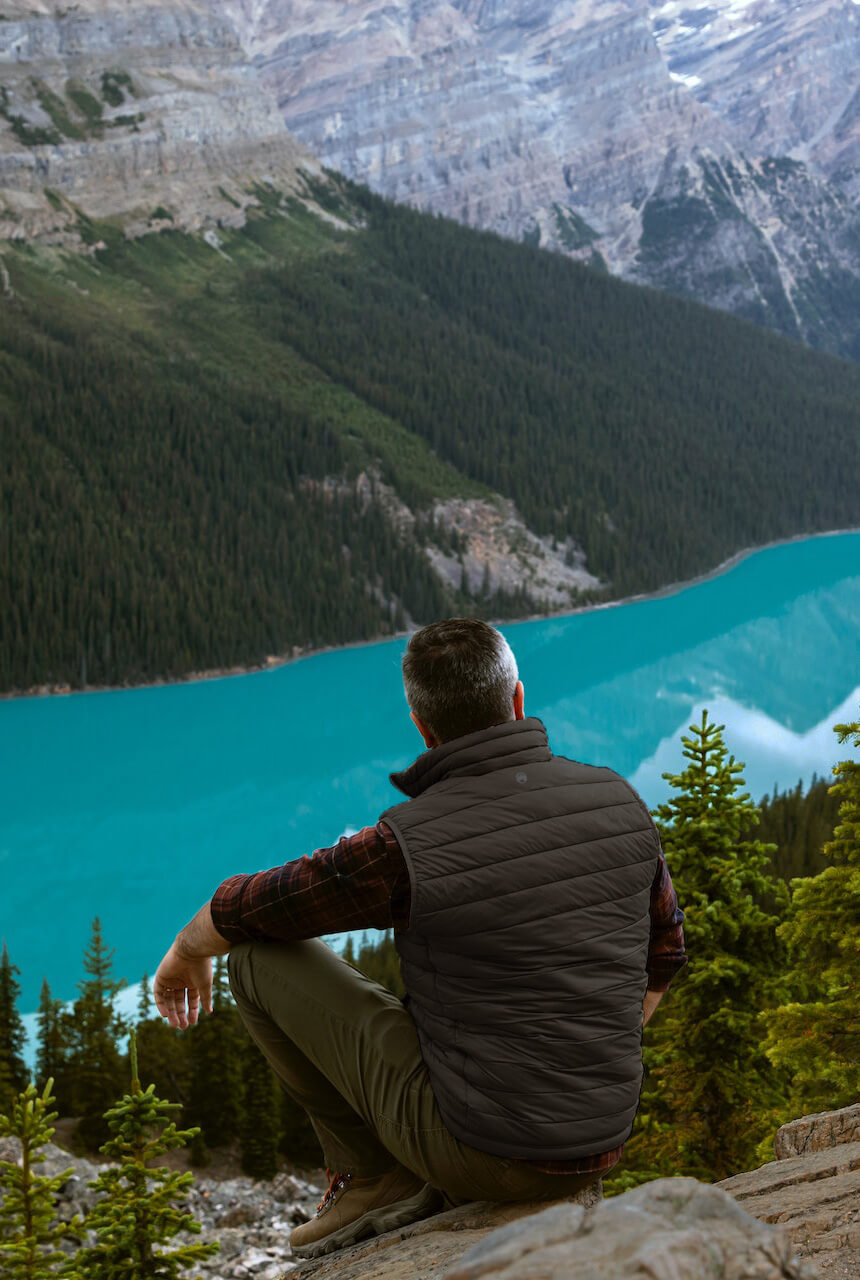
Dragos Andrei Atudorei
WordPress Content Creator
Certified Web Designer
Incurable Perfectionist
WELCOME!
My name is Andrei and I am the creator of this template.
For the first section at the top of the page, I recommend writing something that will pique the interest of your target audience. Make them curious to read more!
Why choose us?
This is the heading
Lorem ipsum dolor sit amet, consectetur adipiscing elit. Ut elit tellus, luctus nec ullamcorper mattis, pulvinar dapibus leo.
Financial
Lorem ipsum dolor sit amet, consectetur adipiscing elit. Ut elit tellus, luctus nec ullamcorper mattis, pulvinar dapibus leo.
Your Safety is our Priority
Lorem ipsum dolor sit amet, consectetur adipiscing elit. Ut elit tellus, luctus nec ullamcorper mattis, pulvinar dapibus leo.
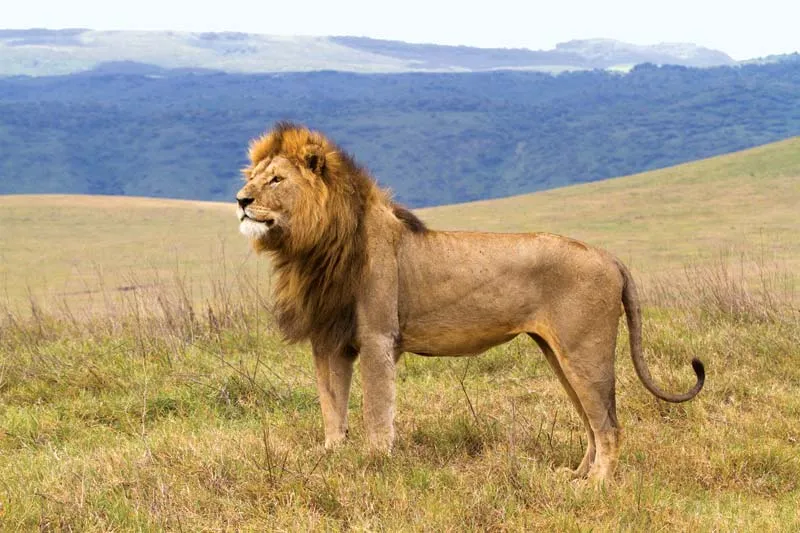
We enjoyed everything; the car, the overnight stays, the parks and of course our private guide/driver Gilbert. We spotted the Big 5 and many more beautiful animals.
John Doe Tweet
Top Safari Destinations
Uganda Rwanda Gorilla i Safaris FAQ
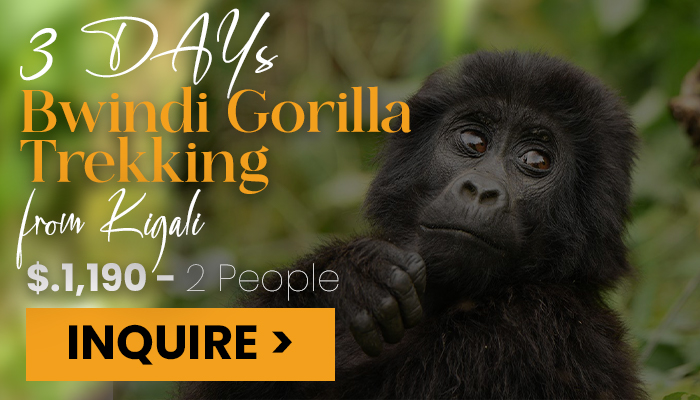
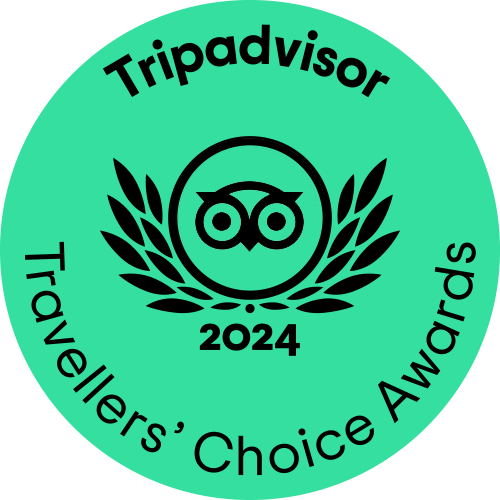
Where can I go gorilla trekking in Uganda and Rwanda?
In Uganda, gorilla trekking is offered in two primary locations: Bwindi Impenetrable National Park and Mgahinga Gorilla National Park. Bwindi is the top destination, known globally for sheltering nearly half of the world’s remaining mountain gorillas.
It spans a vast, ancient rainforest with four key trekking sectors including; Buhoma, Ruhija, Rushaga, and Nkuringo, each home to multiple habituated gorilla families. Mgahinga, though smaller, is part of the neighbouring Virunga Conservation Area and offers equally intimate gorilla encounters in a dramatic volcanic landscape.
In Rwanda, all gorilla trekking takes place in the Volcanoes National Park, situated in the country’s northwestern corner, about a two to three-hour drive from Kigali.
This park is part of the greater Virunga Massif, shared with Uganda and the Democratic Republic of Congo. It offers an iconic setting of mist-covered mountains and lush bamboo forests. With around 12 habituated families open to tourists, the experience here is deeply immersive, underscored by Rwanda’s polished infrastructure and conservation-focused tourism model.
What’s the difference between gorilla trekking in Uganda and Rwanda?
While the core experience is trekking through forests to observe wild mountain gorillas, it’s very similar, the logistics, terrain, and price point create distinct experiences in each country.
Rwanda is more accessible especially since Volcanoes National Park is just a few hours from the capital, making it ideal for shorter itineraries or luxury travel. The trails are often more navigable, and the country has positioned itself as a high-end destination, with luxurious lodges and a streamlined trekking operation.
Uganda, by contrast, is more rugged and remote. Bwindi requires either a long drive (8–10 hours from Entebbe) or a domestic flight to a nearby airstrip, followed by road transfer.
The forest is denser, the terrain steeper, and the treks often more physically demanding—especially in the southern sectors. However, Uganda offers more habituated gorilla families and a broader range of budget options, making it a favorite for adventurous and value-seeking travelers. Uganda also offers the Gorilla Habituation Experience, where you spend four hours with gorillas in the presence of researchers, an option Rwanda doesn’t currently provide.
How difficult is gorilla trekking, and what fitness level is required?
Gorilla trekking is not an easy nature walk, but a true adventure that often involves hiking through thick vegetation, slippery slopes, and uneven forest trails.
The duration of the trek can vary widely, from less than an hour to a full day of hiking, depending on where the gorillas are located that day. Rain can fall anytime, making paths muddy and adding to the physical demands of the journey.
Being mentally prepared and having a moderate level of physical fitness is crucial to fully enjoy the experience.
That said, you don’t need to be an athlete to trek. Most people in decent shape can do it with patience and preparation. Tourists are typically assigned to gorilla families based on their fitness level, and park rangers do their best to match visitors with easier or more challenging hikes.
Porters can be hired to carry your daypack and offer a helping hand, which is highly recommended for all ages and fitness levels. Trekking sticks are also useful for stability and may be hired at the trekking starting point.
Taking it slowly and enjoying the journey as much as the destination will make your trek more memorable and manageable.
What are gorilla permits, and how do I get one?
A gorilla permit is an official pass that allows you to track and spend time with a specific group of habituated mountain gorillas. These permits are strictly regulated to protect the animals and their environment, limiting the number of people who can visit each gorilla family per day.
In Uganda, permits cost $800 USD for foreign non-residents, while in Rwanda, the price is significantly higher at $1,500 USD. The high cost reflects the intensive conservation efforts and ensures that gorilla tourism remains sustainable and impactful.
You can obtain permits from Uganda Wildlife Authority (UWA) or Rwanda Development Board (RDB) or, more conveniently, through a reputable tour operator like Friendly Gorillas.
Most travelers choose to book as part of a package, which includes transport, accommodation, guiding, and permit handling. Because permits are limited and demand is high, especially during peak seasons, it’s advisable to book at least 6 months in advance. Last-minute bookings are risky, especially for Rwanda, where the number of available permits is lower.
What should I pack for gorilla trekking?
Packing smartly is crucial for a comfortable and successful Uganda or Rwanda gorilla trek. Start with sturdy hiking boots that are waterproof and offer good ankle support. Long-sleeved shirts and long trousers will protect you from thorny plants and biting insects, while gardening gloves come in handy when grabbing onto branches or vines.
A lightweight jacket is essential, as showers can be sudden and heavy even during the dry season. Don’t forget a small daypack for water, snacks, sunscreen, and insect repellent.
Additional helpful items include trekking poles (some lodges provide them), a wide-brimmed hat, gaiters or long socks to keep safari ants out, and a reusable water bottle or hydration pack. Bring a camera with a zoom lens—but remember, flash photography is prohibited.
You may also want a small notebook or journal to document your impressions, as this is often a deeply emotional experience. If you’re carrying expensive gear, ziplock bags or dry bags will help keep everything safe from the sudden rain.
How close can I get to the gorillas, and how long can I stay with them?
During your trek, once your group locates the assigned gorilla family, you’ll be allowed one magical hour in their presence.
Keep in mind it wont be more or less, because this is strictly enforced to protect the gorillas from stress and minimize the risk of disease transmission.
The official guideline is to stay at least 7 meters (23 feet) away from the gorillas, but they don’t always follow the rules—curious juveniles may come closer, or adults may pass near as they move through the forest.
If that happens, the key is to remain calm, quiet,and respectful. Avoid direct eye contact, which can be seen as a challenge, and never attempt to touch or feed the gorillas.
The trackers and guides accompanying you are highly experienced and will instruct you on how to behave. That one hour flies by, but it’s often described as one of the most profound wildlife experiences in the world—a soulful, humbling moment of connection with creatures who share 98% of our DNA.
What is the best time of year to go gorilla trekking?
Gorilla trekking is possible year-round, but the dry seasons from June to September and December to February are considered the best times to go.
These months offer more stable weather, making trails easier to navigate and photography more rewarding. Visibility is usually better too, as the forest is slightly less dense. Because of this, dry-season treks are the most popular and tend to get booked up well in advance, so securing permits early is key.
The wet seasons—March to May and October to November bring heavier rainfall and muddier conditions, which can make trekking more strenuous.
However, the lush greenery is at its peak, and crowds are fewer, creating a more intimate experience. Some travelers even prefer the challenge and solitude of a wet-season trek. Lodges often offer discounted rates during these months, making it a good time for budget-conscious adventurers who don’t mind getting a little muddy.
Is gorilla trekking safe?
Yes, gorilla trekking is generally very safe, and both Uganda and Rwanda have excellent safety records for tourists. Each trek is led by a team of trained professionals, including trackers, guides, and armed rangers who ensure your safety from both wildlife and environmental hazards. The gorillas you visit have been habituated over years of careful, non-threatening contact, making them accustomed to human presence.
That said, safety begins with you. Listen to your guides, follow instructions, and respect the gorillas’ space. Most incidents arise not from the gorillas but from terrain-related issues—slips, falls, or dehydration. Wear proper gear, go at your own pace, and use a porter if needed. Also, you should be in generally good health; anyone with contagious illnesses like colds or flu may be denied participation to protect the gorillas. Travel insurance that covers trekking or adventure travel is strongly recommended.
Can children go gorilla trekking?
No, gorilla trekking is restricted to people aged 15 and older in both Uganda and Rwanda. This age limit is set primarily to protect the gorillas from diseases that children may carry, such as the flu or chickenpox, which can be deadly to them. It also helps ensure that participants are physically and mentally capable of handling the trek and responding to ranger instructions during the encounter.
If you’re traveling with younger children, don’t worry—there are alternative activities to keep them engaged. Many lodges offer childcare services, nature walks, cultural experiences with local communities, or bird-watching tours that are more age-appropriate.
This makes it possible for parents to go trekking while their kids are safe and entertained. For older children who are fit and close to the age limit, exceptions are occasionally made, but these require special approval and aren’t guaranteed.
How does gorilla trekking support conservation and local communities?
Gorilla trekking is a model of conservation-driven tourism, where your presence directly funds the protection of endangered species and uplifts surrounding communities. A percentage of the permit fees—20% in Uganda and 10% in Rwanda—goes to local development initiatives like building schools, clinics, and water facilities. These projects help local people see the gorillas as a valuable resource worth preserving rather than a threat or nuisance.
On the conservation side, permit revenues fund anti-poaching patrols, park management, research, and gorilla health monitoring. The strict regulations around trekking help maintain a safe and sustainable balance between tourism and wildlife protection. When you hire local guides, stay in eco-lodges, and buy handmade crafts, you’re contributing to a circular economy that benefits both nature and people. Gorilla tourism has transformed conservation in Central Africa, and your visit plays a vital role in that story.
11. What other activities can I combine with gorilla trekking in Uganda or Rwanda?
Both Uganda and Rwanda offer rich travel experiences beyond gorilla trekking. In Uganda, consider exploring Queen Elizabeth National Park for a classic Big Five safari, or visit Kibale Forest to track chimpanzees. The stunning Murchison Falls, the serene waters of Lake Bunyonyi, and adventure sports in Jinja, like white-water rafting at the Nile’s source, offer varied thrills for every kind of traveler.
In Rwanda, you can delve into powerful history at the Kigali Genocide Memorial, enjoy a safari in Akagera National Park, or explore the Nyungwe Forest for chimpanzee tracking and canopy walks. You might also visit local cooperatives or coffee farms for a cultural immersion. Whether you’re after adrenaline, wildlife, or reflection, East Africa offers a harmonious blend of experiences that perfectly complement the magic of a gorilla encounter.
